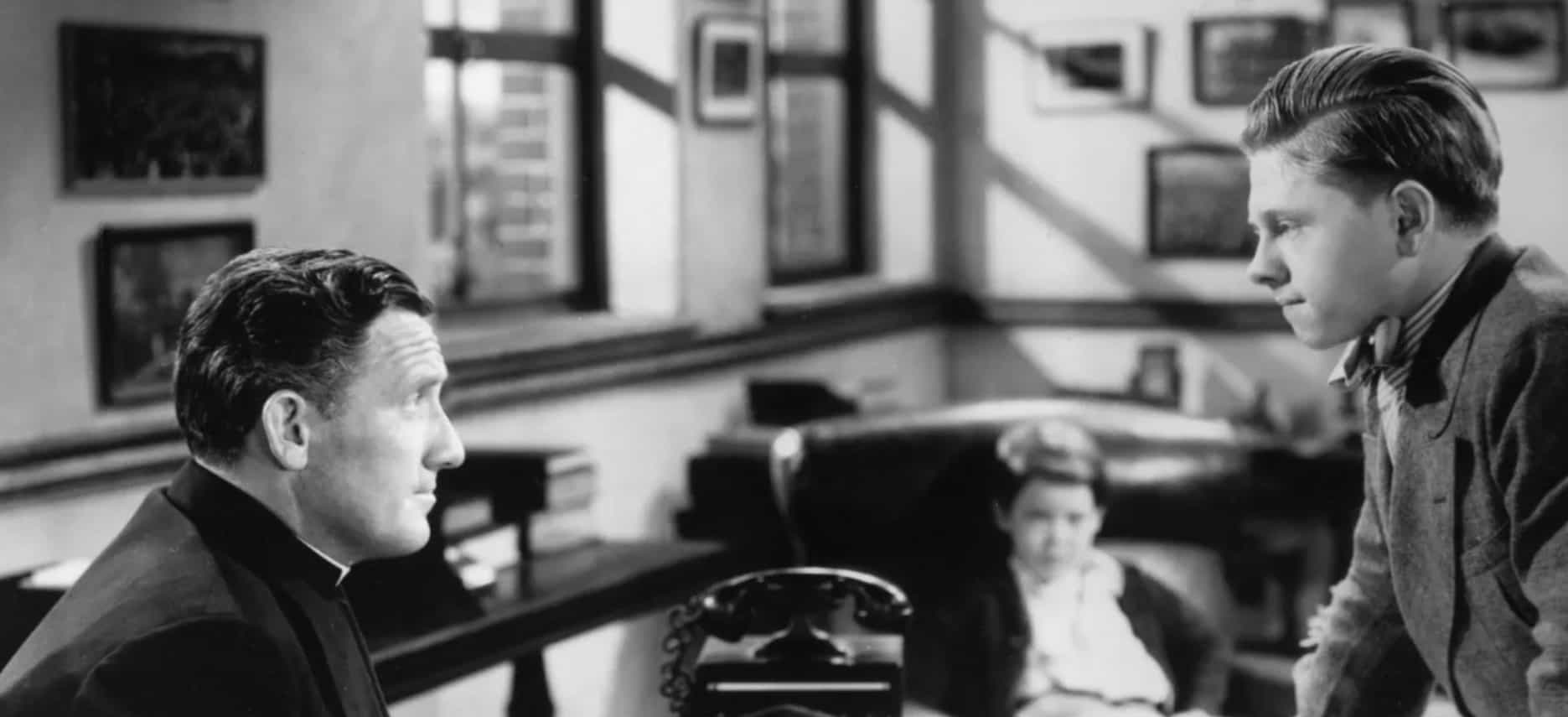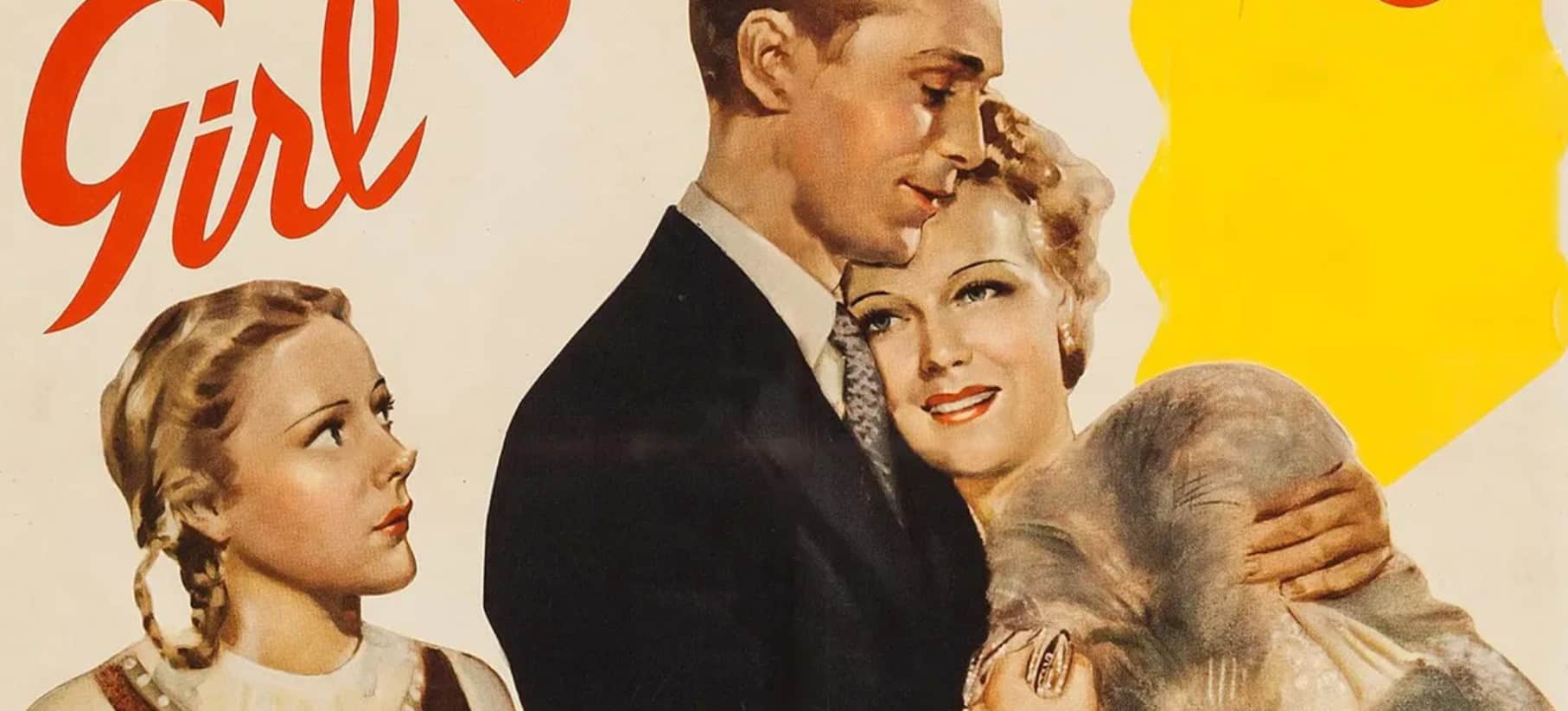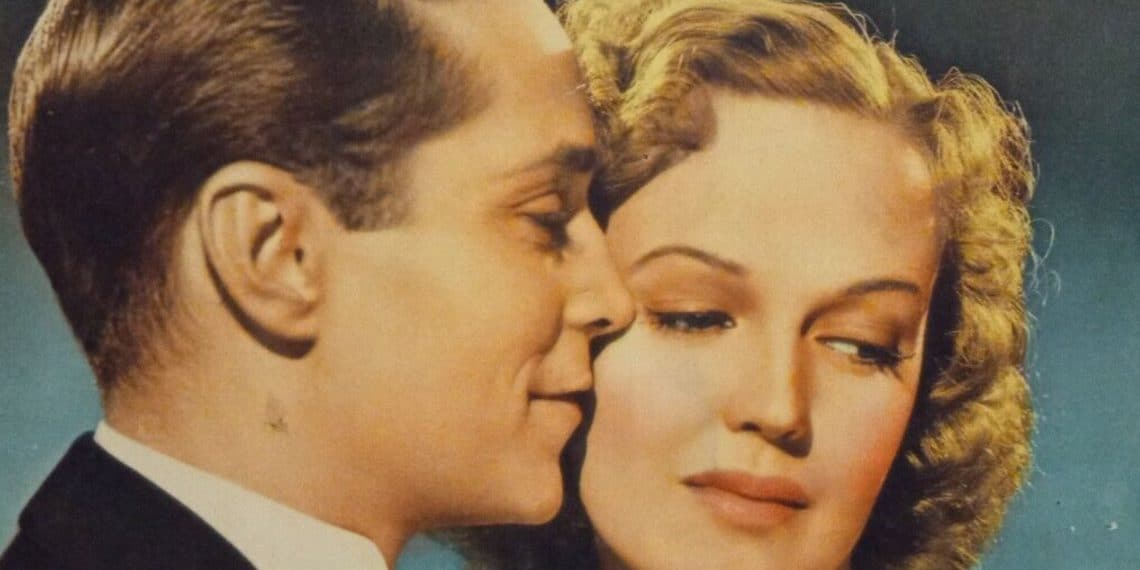When it comes to the golden age of cinema, we need to stop and talk about the 1938 film by Norman Taurog, “The Girl Downstairs” starring Franciska Gaal, Franchot Tone, and Walter Connolly. It is a black-and-white movie about a wealthy womanizer who tries to climb the social ladder by enamoring women with money to swindle them out of their money.
One of his targets is a wealthy mistress who has a maid. The playboy sees the maid as the means of introduction to place himself in the orbit of his target, this wealthy woman. But a few things happen along the way that troubles his initial Machiavellian plans. Now, as we’ll see, the conclusion of the film will bring about a few things or two concerning human nature, which I plan to explain in what I consider is the meaning of the ending of this classic film.

The Girl Downstairs Plot
The Girl Downstairs is a romantic comedy from the golden era of cinema. Let’s get that out of the way: directed in 1938, right in the middle of the Great Depression, produced by MGM and in a moment when the world was on the brink of a world war, this movie brought laughs and fun to a public who could afford this sort of entertainment.
Blending humor, romance, and drama, we first meet Paul Wagner, played by Franchot Tone; he’s handsome, he has money, and he’s a pathological social climber womanizer. A playboy whose theatrics, covert maneuvers, and Machiavellian instinct make him get close to women to get their money.
Along the way, he sets his eyes on Rita Johnson’s character, Rosalind Brown, a wealthy society girl. But Wagner needs to find a way into her circle. So, things take an unexpected turn when Katerina Lanz, a scullery maid working in Rosalind’s house, played by Franciska Gaal, enters the narrative.
Katarina is key to this plot. Wagner meets her and suddenly tries to romance her, but something happens to Wagner as his intentions change. Initially, Katarina is just an instrument for Wagner to get to Rosalind. But Wagner finds in Katarina’s innocence and genuineness an emotional magnet. Wagner becomes enamored with Katarina, and then, a love triangle, full of comedy, drama, and emotions ensues.

The Girl Downstairs Ending Explained
The Girl Downstairs manages to balance comedy, drama, and romance in a way and in a period where cinema had few of these elements. Wagner’s social climber personality, his knack for destroying the lives of the women he romances to swindle them out of their money, suddenly changes when he meets someone that has a diametrically opposite personality, Katarina.
The nuances of each character in this brief, one-hour, and fifteen-minute movie give depth and complexity to the story. Back at a period when stories needed to be told at one hour and and half tops, in just that time, Norman Taurog manages to deliver a story where a man has a change of heart by meeting a simple woman with witty dialogue, regular and not so sophisticated camera work, and engaging plot twists.
Instead of pursuing Rosalind for her money, Wagner meets true love in Katarina. He discovers that there’s more to life than money, that pursuing a life with someone with whom you can connect, share experiences, and see a future is worth more than all the money that Wagner wanted to get from Rosalind in the first place.
The Girl Downstairs is one of the best late-1930s movies out there because it tells us that even the wickedest of people have a heart that can change, that can transform into something better because that’s the gist of it: love has transformative power in everyone.
Love is the sort of emotion that, like hate —its metaphysical counterpart— drives all of us to do great things. Wagner didn’t know what love was until he stumbled upon a girl whose kind, warm heart managed to pierce the shell of Wagner’s greed to show him just how beautiful the world can be if you do well for yourself and others.





